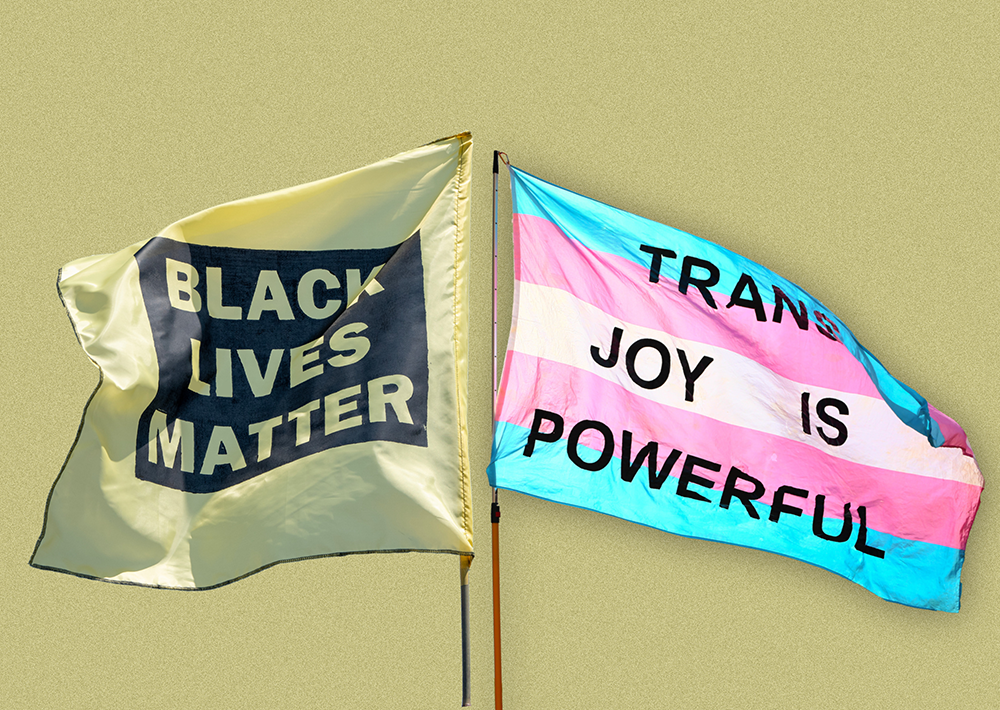When Donald Trump first burst onto the political scene in 2016, comparisons were drawn with a 1950s Frenchman called Pierre Poujade. The BBC called him the ‘grandfather of populism’, the first post-war politician to lead a revolt against ‘being told what it is acceptable to think about issues like globalisation, migration and Europe’.
Poujade was a provincial shopkeeper who was so fed up with what he saw as the corrupt and degenerate Paris elite that in 1953 he formed his own party, the Union de Defense des Commercants et Artisans. In the legislative elections in 1956, they won 2.4 million votes, enough to send 52 MPs to sit in the National Assembly.
It’s the problem in general of French politics. Who speaks to the provinces?
Poujadisme, as the movement was known, shone brightly but briefly, though it did its bit to bring down the Fourth Republic in 1958. Its influence remains strong nearly three-quarters of a century later. At the height of the Yellow Vest protest in 2018, President Emmanuel Macron said his objective was to extricate the country from ‘a form of contemporary Poujadisme’. He would do this, he promised France, by transforming the country for the better. Taxes would decrease and purchasing power would increase.
Macron has failed to make good on his promises, and as a consequence, the spirit of Poujadisme still stalks the political class. The latest manifestation of the Yellow Vests is the le bonnet jaune (the Yellow Hat, or more precisely, the Yellow Beanie). It is worn by farmers, most of whom belong to the Coordination Rurale (CR), the second largest farming union, and the one considered to be closest to Marine Le Pen’s National Rally. ‘It’s in our image: simple, practical, good-natured,’ said Franck Olivier, president of the Charente branch of the CR, when asked to explain the yellow beanie.
In February’s farming union elections, the CR took control of 15 departments from the traditional union powerhouse, the FNSEA, which paid the price for being seen as too close to Macron. In the department in which I live, the Yonne, the FNSEA triumphed but with 15 per cent fewer votes than in the 2019 elections.
The influence of the Coordination Rurale is visible throughout the Yonne, part of the Bourgogne-Franche-Comté region. You see it on makeshift signs erected at road junctions: ‘CR89: Non au Mercosur’. 89 is the Yonne’s postcode number and Mercosur is the deeply unpopular trade deal the EU recently agreed with several South American countries.
There are other signs by the road. These ones are emblazoned with the face of Marine Le Pen and proclaim: ‘Save Democracy: Support Marine Le Pen’. I imagine these posters are plastered around hundreds of rural communities in France for here are Le Pen’s heartlands
In last June’s European elections, Le Pen’s National Rally scored a stunning victory, turning France almost entirely blue. The few pockets of resistance were in the cities – Paris, Toulouse, Nantes, Rennes and Bordeaux – where the left-wing vote held firm. This phenomenon was repeated a month later in the legislative elections.
These cities will remain loyal to the left in the 2027 presidential election, so the real battleground will be out in the sticks. As it stands, Le Pen won’t be on the ballot in two years’ time thanks to her five-year ban for misusing EU funds. Assuming she doesn’t overturn the ban in her appeal next summer, that almost certainly means Jordan Bardella will represent the National Rally.
Bardella doesn’t have the same popularity that Le Pen has in the provinces, except among the young. Le Pen, meanwhile, lacks her protégé’s slickness in the television studio, but on the campaign trail she is the one more at ease. She has an air of hail-fellow-well-met, while Bardella is colder, more reserved. Dare one say it, more Parisian?
Le Pen’s father, Jean-Marie, was an early follower of Pierre Poujade and he was one of the 52 MPs elected to parliament in 1956. The pair soon fell out, but Le Pen styled himself subsequently as the flag-bearer of anti-establishment politics. His daughter now carries the flag.
If Le Pen can’t run in 2027, is Bardella her natural successor? He has two major disadvantages: his age and his background. Just 29, Bardella has never worked in a ‘proper job’; having gone from university into politics. He may come from the working class, but so what, say many. He’s just another one of the out-of-touch Paris political class.
The same applies to all of the likely candidates for the presidential election: Bruno Retailleau, Edouard Philippe, Jean-Luc Melenchon and the likely Socialist contender, Raphael Glucksmann, the archetypal bourgeois Parisian. In an interview in 2018, Glucksmann admitted: ‘When I go to New York or Berlin, I feel more at home, culturally speaking, than when I go to Picardy, and that’s the problem.’
It’s the problem in general of French politics. Who speaks to the provinces? No one, really, apart from Le Pen, which is why a growing number of French believe that someone from ‘outside the system’ will emerge between now and 2027 if she doesn’t run. One name is the popular broadcaster Cyril Hanouna, who for several years has been the scourge of the establishment. He denies he has presidential ambitions.
One of France’s leading pollsters, Frédéric Dabi, believes that if an anti-system outsider did run, they would do well. ‘Since the system is failing, part of public opinion will look elsewhere and consider a personality it has never tried before,’ he said recently.
Macron failed to crush ‘Poujadisme’. In fact, he’s strengthened it, and the 2027 election will likely be won by the candidate who most effectively taps into this brand of Gallic populism.








Comments